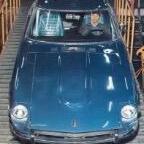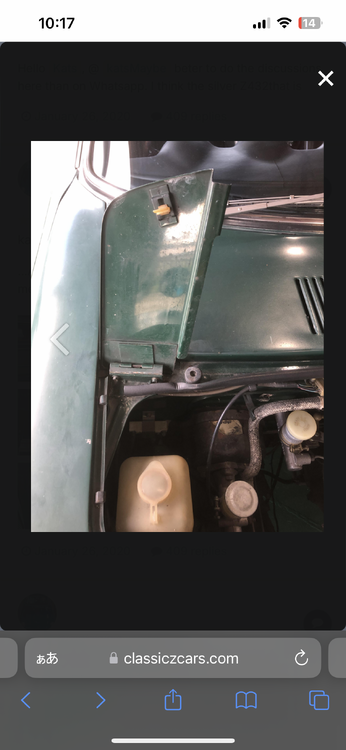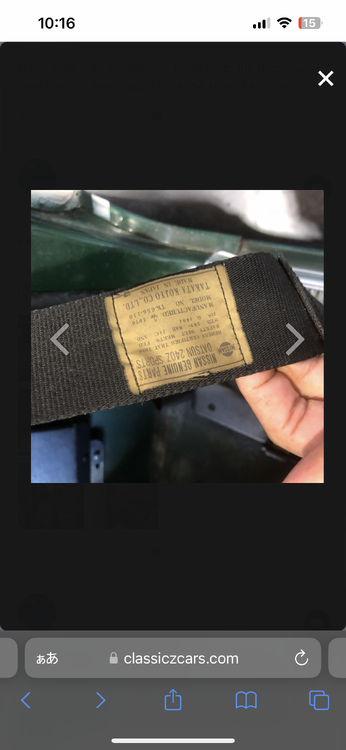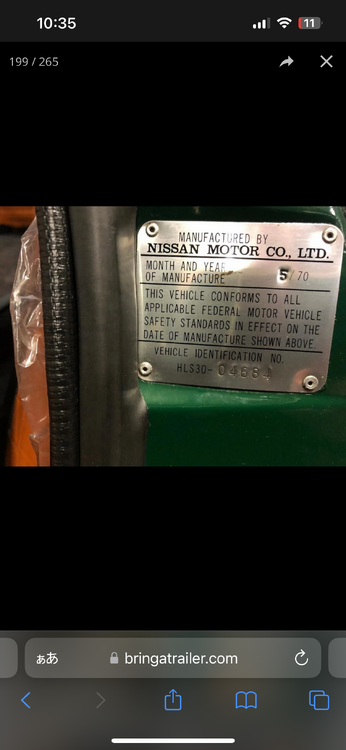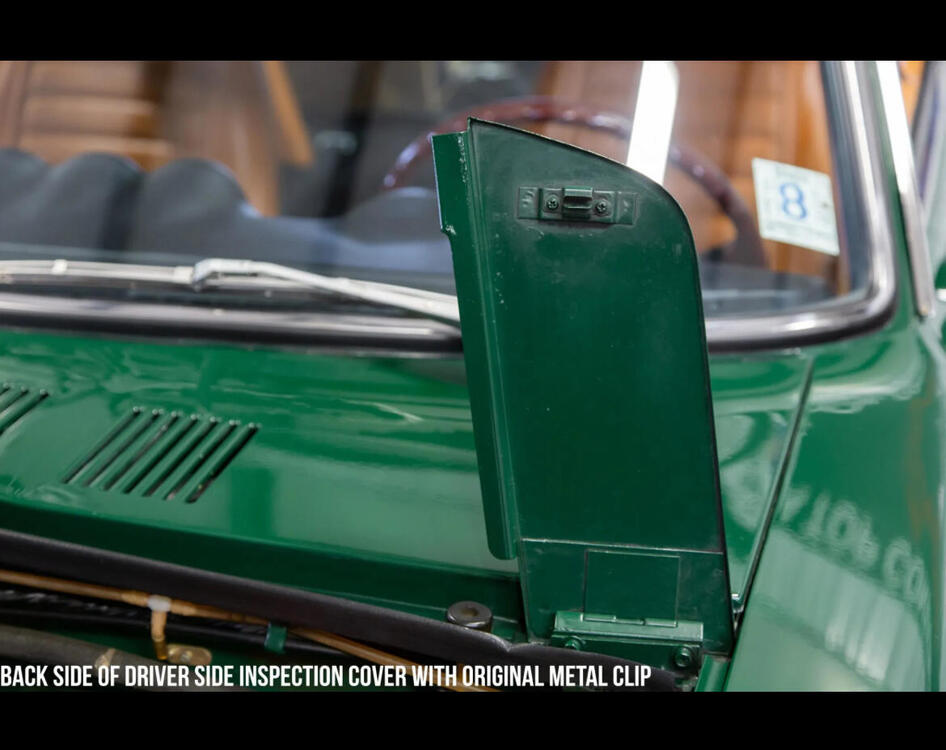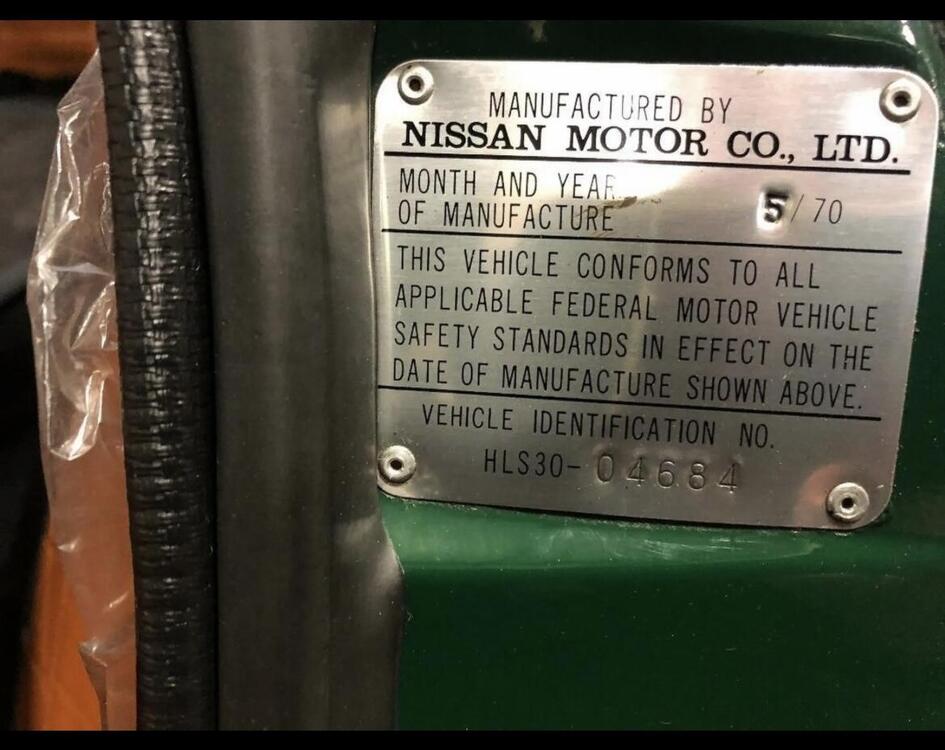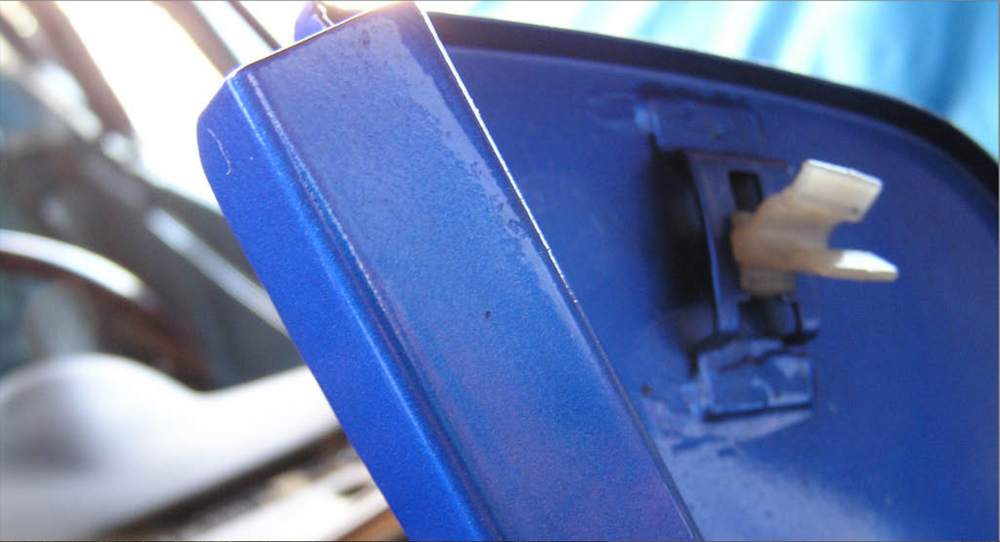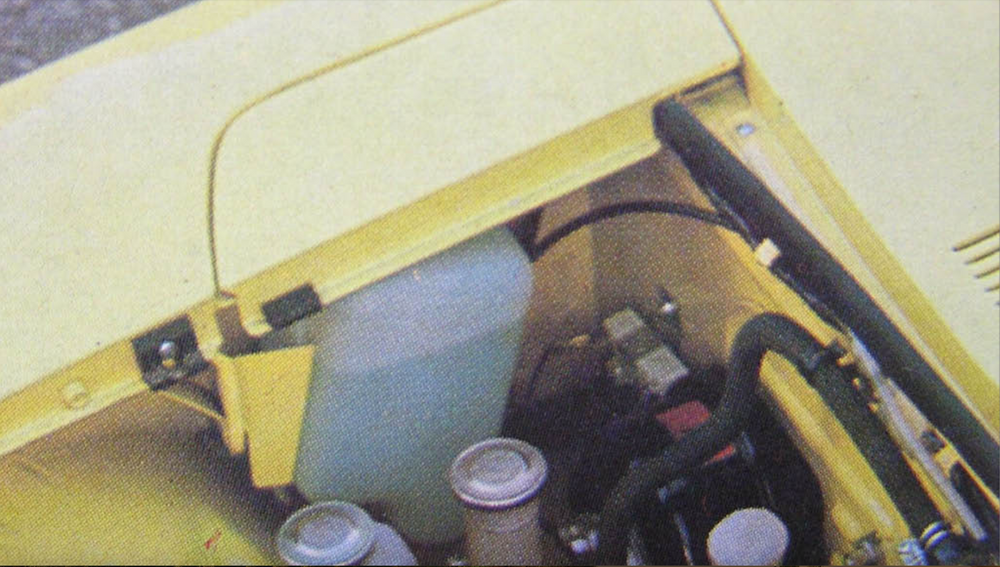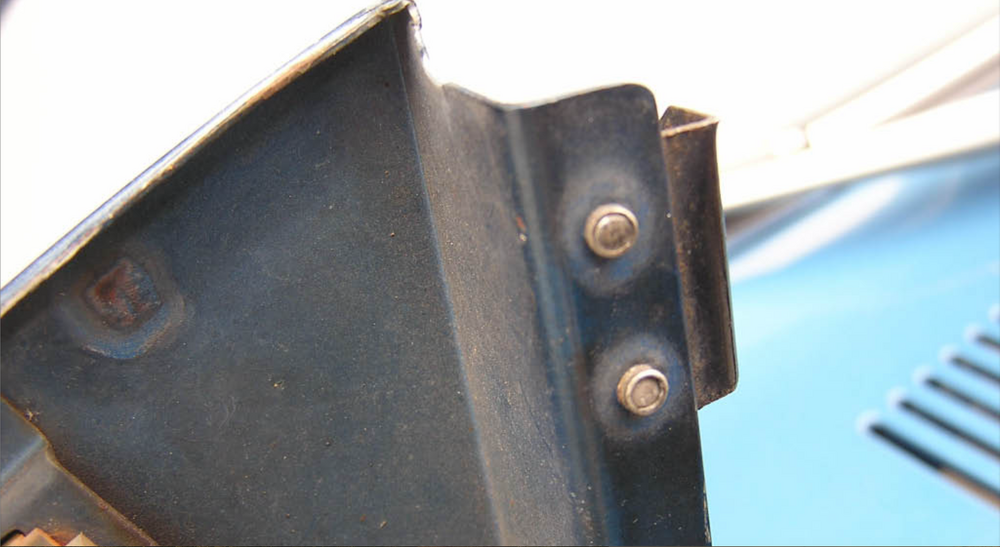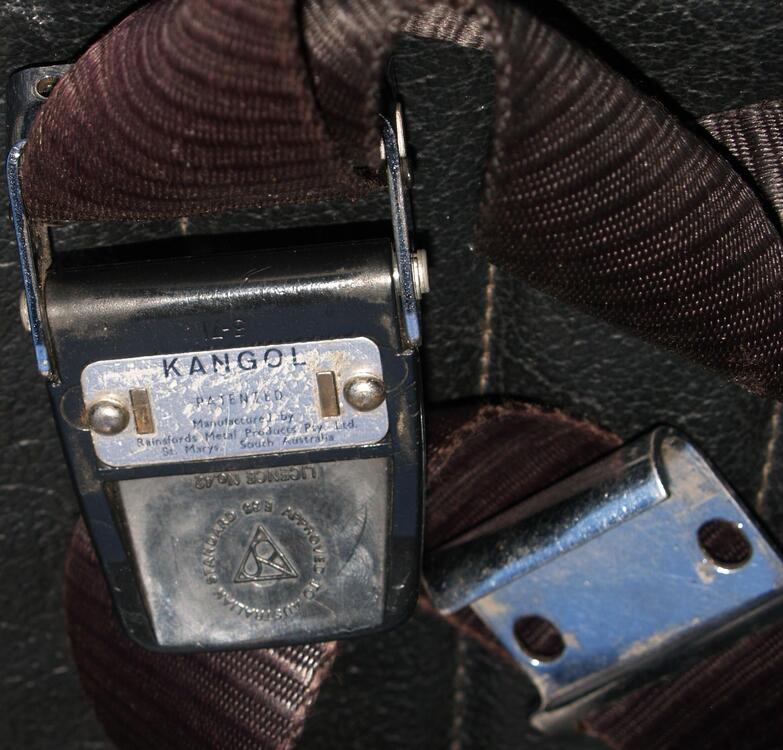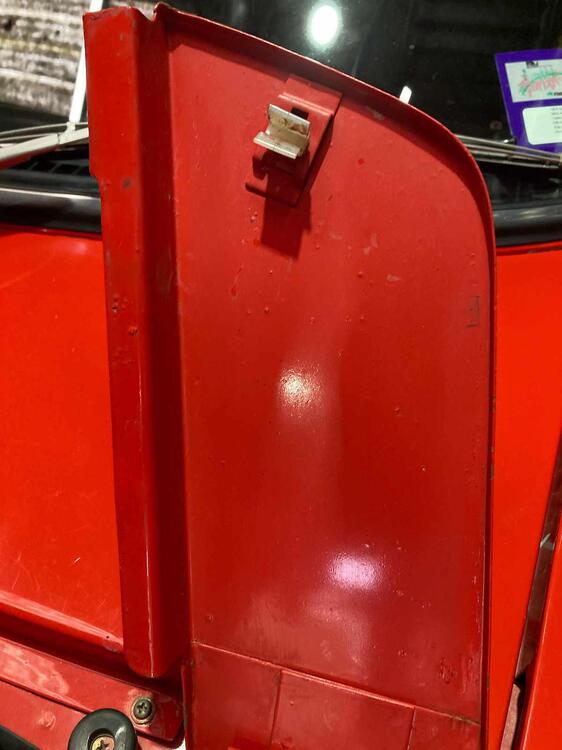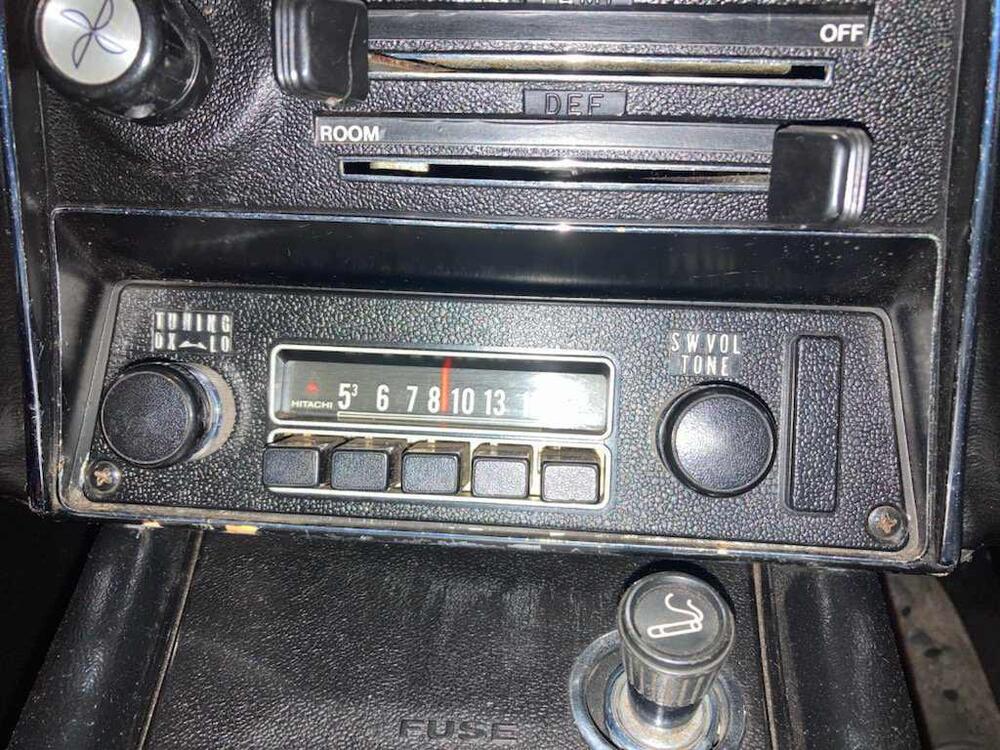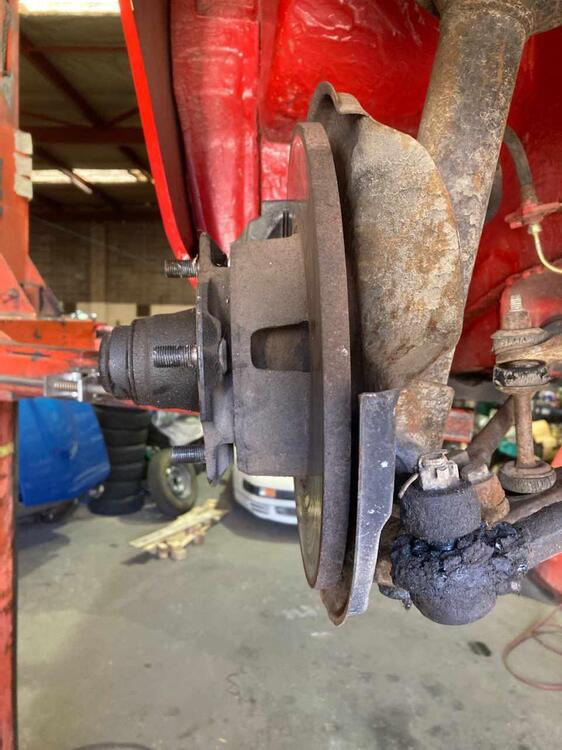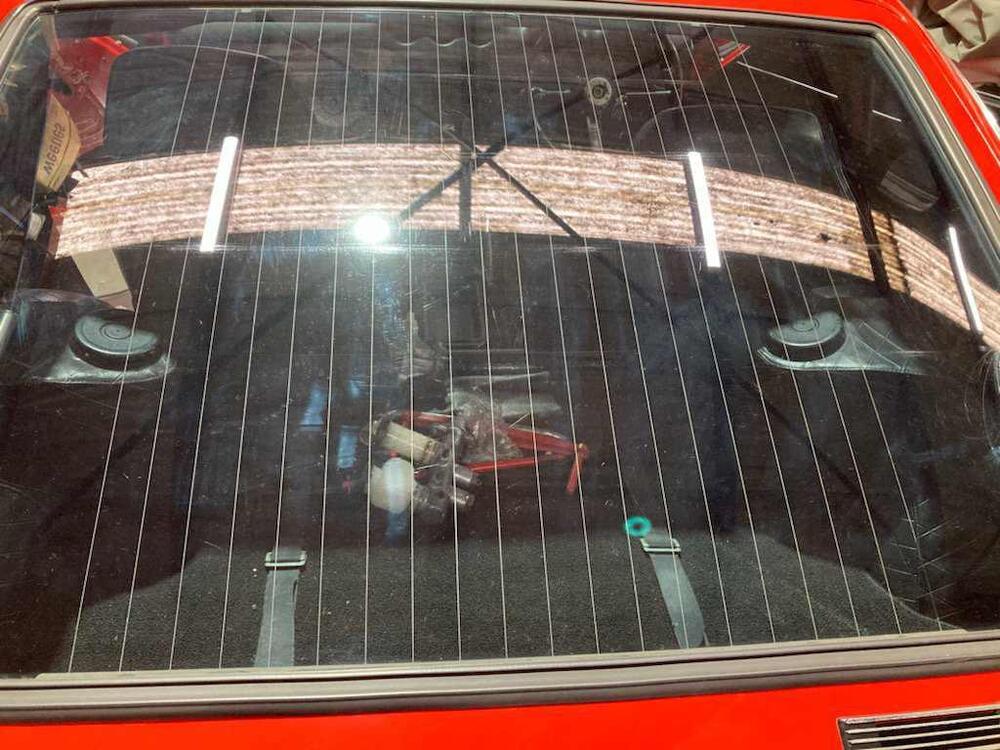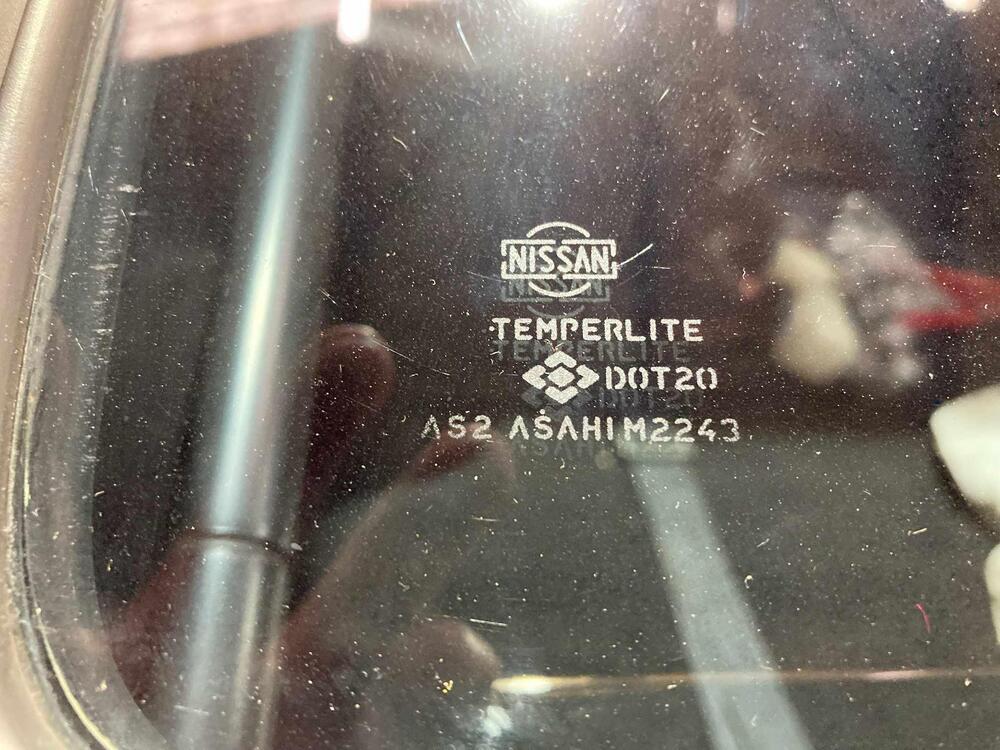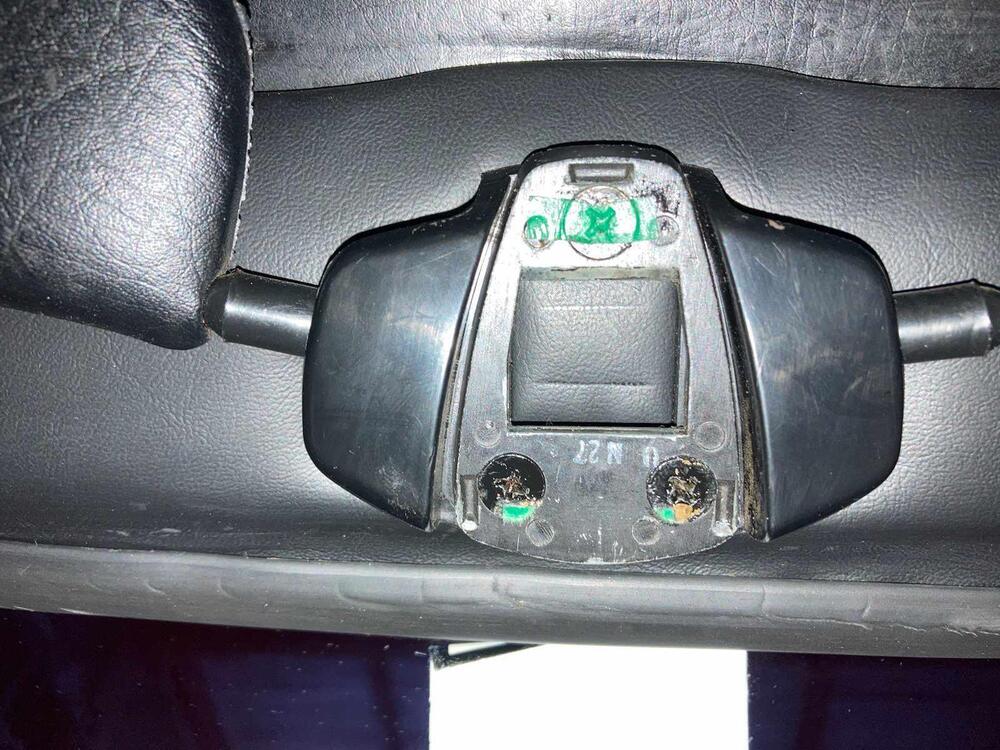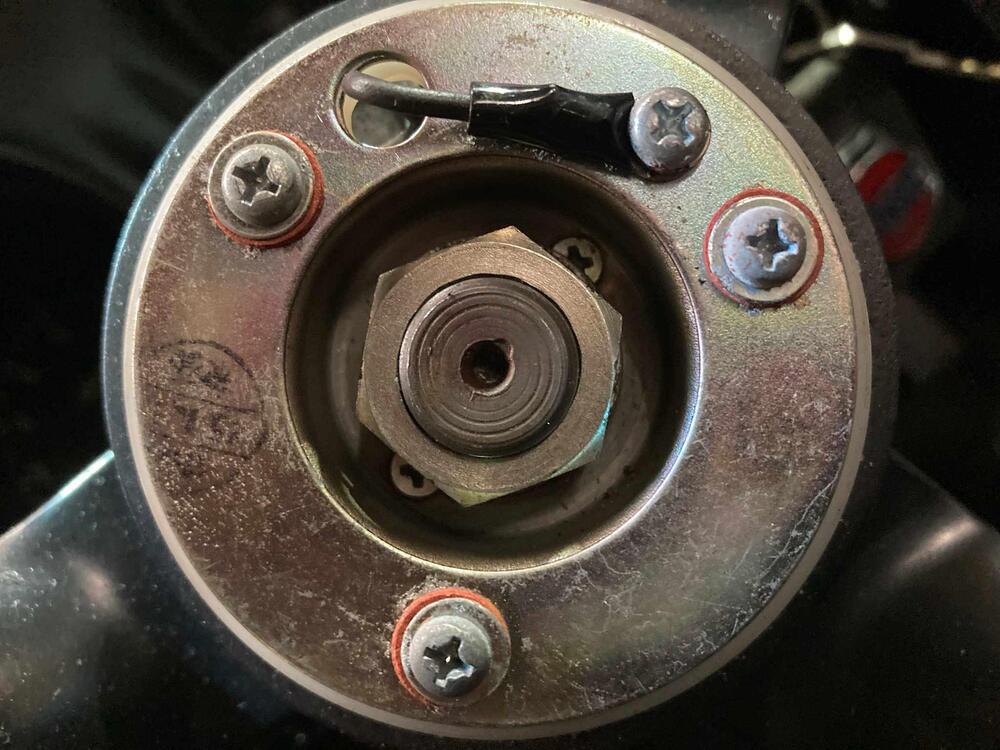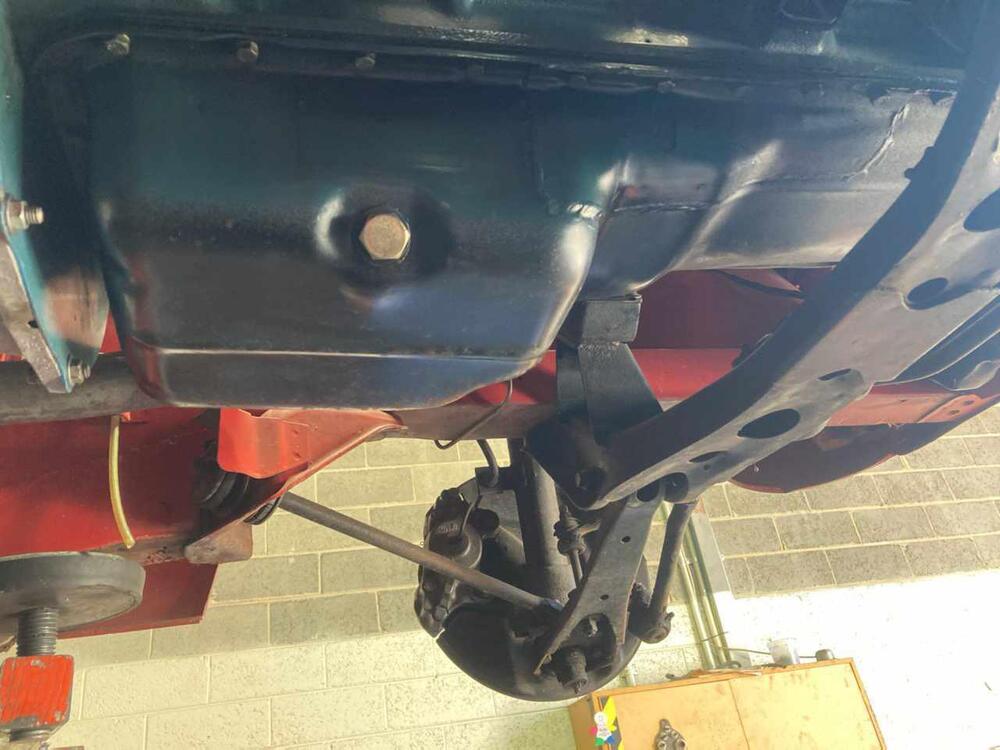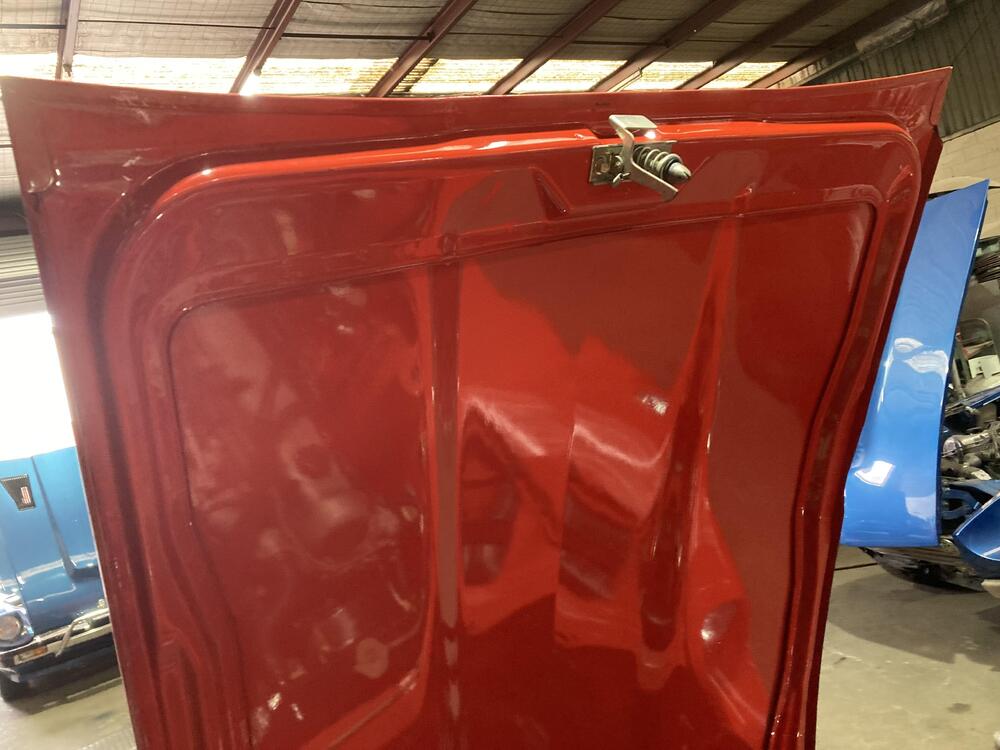Thanks Kats, I don't want to drag this thread too far off topic to be fair to the original poster building this car.
However with reference to the rear glass and earlier comment, I suspect it was installed later. The car had a mini refresh in the late 90s, very early 2000s. And it's possible someone replaced the rear glass thinking it should have the vertical defrost glass.
The original steel Topy's were also missing and it's now got a later set (with later date stamps) fitted to it. Which would have been another good reference point.
The centre console has the blanking plate over the defogger switch (same with the parker light switches) which is more inline with AU delivered S30Z's where 240z's didn't generally have the defrost glass and we only saw it with the introduction of 260z's 74+).
AU Market cars also had their seat belts replaced with an Australian brand (Kangol) - I've not seen date stamps on them.
As you can see they had a latch, didn't clip and were notorious for coming undone if they were not tightened. Not very safe and a strange decision for Australian standards when they were inferior to what I've seen in other markets. You can just make out the "Approved to Australian standard". You can see they were made in St Mary's South Australia.
Looks like they went bust in the 1980s.
https://www.eoas.info/biogs/A001371b.htm
We also never got the door jamb ID plates like North American cars, which would have been helpful for determining manufacturing date. Instead 'some' cars got compliance plates - when they arrived in Australia, which was likely 1 or 2 months after the cars were actually built in Japan. These compliance plates didn't become a requirement until the mid 70s and so many early cars in particular simply don't have 1. My 72 model 240z, which was built Dec 71 (from the markings on my seat brackets) didn't have 1 as far as I'm aware. But HS30 00150 (which I also own) did, and I believe that car to be an ~July/Sept 70 build date car (compliance plate from memory says Oct 70).
Hence we have to use other car part date stamps to form an accurate picture of manufacture date.
HS30 00051 - still has it's original front guards, but I don't have access to the car and I can't recall looking at it's inspection lids to see if it had the plastic clips. When I do get to see it again (stored with a friend) I'll try and take note.
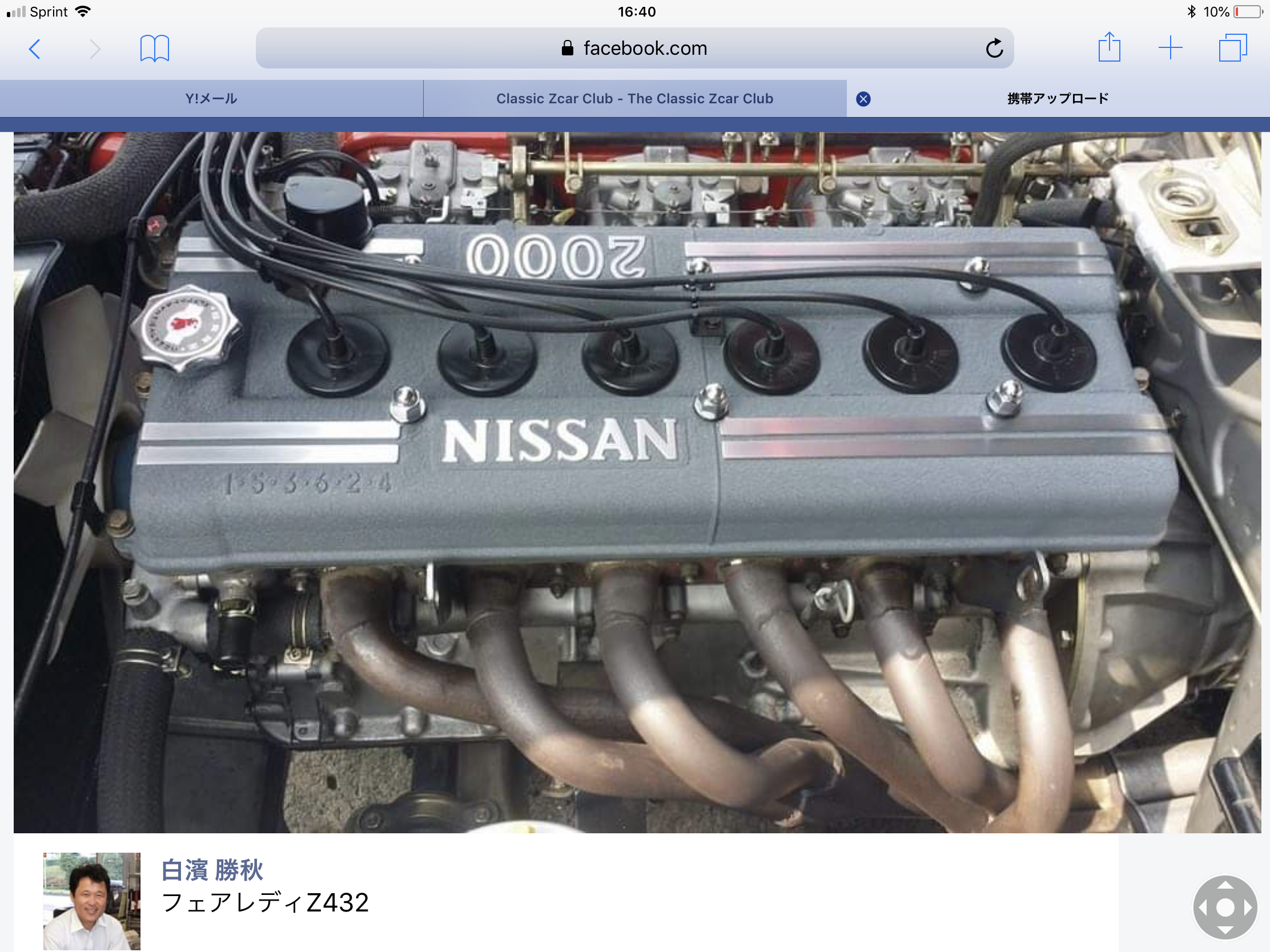
 Subscriber
Subscriber 1Points11,142Posts
1Points11,142Posts





